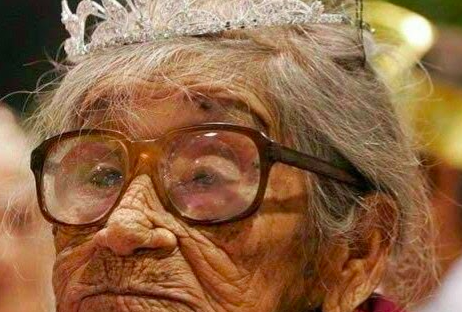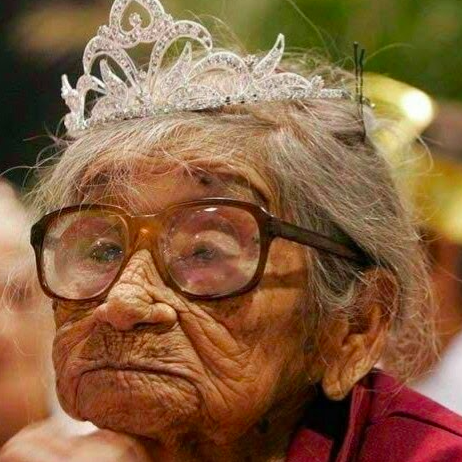I feel like Mark Webber in my very own F1 race car hurtling my way through middle age at what feels like break neck speed, simultaneously fumbling for the handbrake!
As a practising dermal clinician its vital I stay current and up to date with new technologies in the treatment of photo-aging not to mention my personal interest! Whilst not necessarily wanting to return to my teens prior to the sun damage, I’d like to maintain a face that doesn’t misrepresent how I feel inside this 50 something lived in skin!
If you, like me, wear the mask of photo-aging (sun spots,fine lines and broken capillaries), as a result of a misspent youth on Australian beaches then you will appreciate the benefits of Intense Pulsed Light.
Jump in the passenger seat , I don’t want you falling asleep at the wheel but this is the information you will need to assess your candidacy for IPL.
“IPL” has been used in non medical settings for 17 years with some mixed results ,which has a lot to do with operator/experience and machine, so choose your driver wisely!
IPL works in the same principle as lasers in that they emit a light energy through a specialised hand piece targeting pigment or chromophores in the skin. This light energy is converted into heat, absorbed by the target, in turn obliterating the target. The difference between Laser and IPL is a broad spectrum wavelength (light) as a opposed to a single wavelength emitted from a Laser.
IPL’s capabilities don’t stop at photo-aged skin, it is a multipurpose machine able to treat hair removal and rejuvenation. IPL is a method of permanent hair reduction, requiring occasional maintenance and does fall short when treating fair hair as the light requires a chromophore/pigment in order to be targeted. When treating photo-aged skin,between 3-8 treatments are needed to be effective, depending on area/condition being treated. Hair reduction usually requires 6-8 treatments for optimal results.
The beauty of IPL is minimal down time and being able to return to work straight away.
What to expect when being treated– a cooling gel is applied to your skin which helps conduct the delivery of light through a handpiece with a glass head, which has an integrated cooling system, and applied to the skin where a pulse of energy is delivered. It feels like and elastic band flicking the skin (tolerable), which for some may be uncomfortable and can be relieved with an application of topical anaesthetic.
Sun spots
A silvering and subsequent darkening of pigmented lesions. 10-12 days post treatment the darkened area is sloughed off with normal skin cleansing routine. If there is an abundance of pigmentation eg freckling you can expect to see what is referred to as a “milo” appearance .
Capillaries,Vessels
May disappear immediately or fade over the following 2 weeks.
Photorejuvenation
Swelling and tightening of the skin.
Hair removal
Hair needs to be treated in the growth phase to be effective, so treatments may needs to be spaced 6-8 weeks apart. Erythema (redness) surrounds the hair follicle as an end point.
Risks and side effects
- Some pain during treatment
- Erythema and a little soreness immediately post treatment-similar to sunburn-peeling,swelling
- Blistering and crusting
- Hyper/hypo pigmentation
- Hair loss-important consideration when treating men.
- Bruising- can affect 10% of clients
Contraindications to consider include herpes, skin trauma, skin lesions, keloid hypertrophic scarring, moles, skin cancer,sunburn, suntan,epilepsy, hyperthyroidism, breastfeeding, pregnancy, use of photosensitising medications or creams and those with Fitzpatrick V-V1 darker skin tones. Not all these conditions are absolute contraindications to IPL treatment but the consideration of these is an important role of a Dermal Clinician.
If this is sounds like you, jump back in the driver’s seat and drive towards the light full throttle!
If you require more detailed information you’re welcome to contact me via our ask banner at ASkinSolutions.com.au






